Can a robot vacuum effectively mop your floors, too? I've tested all kinds of hybrid robovacs, and here's what I've found
Mopping is a handy bonus with many robovacs
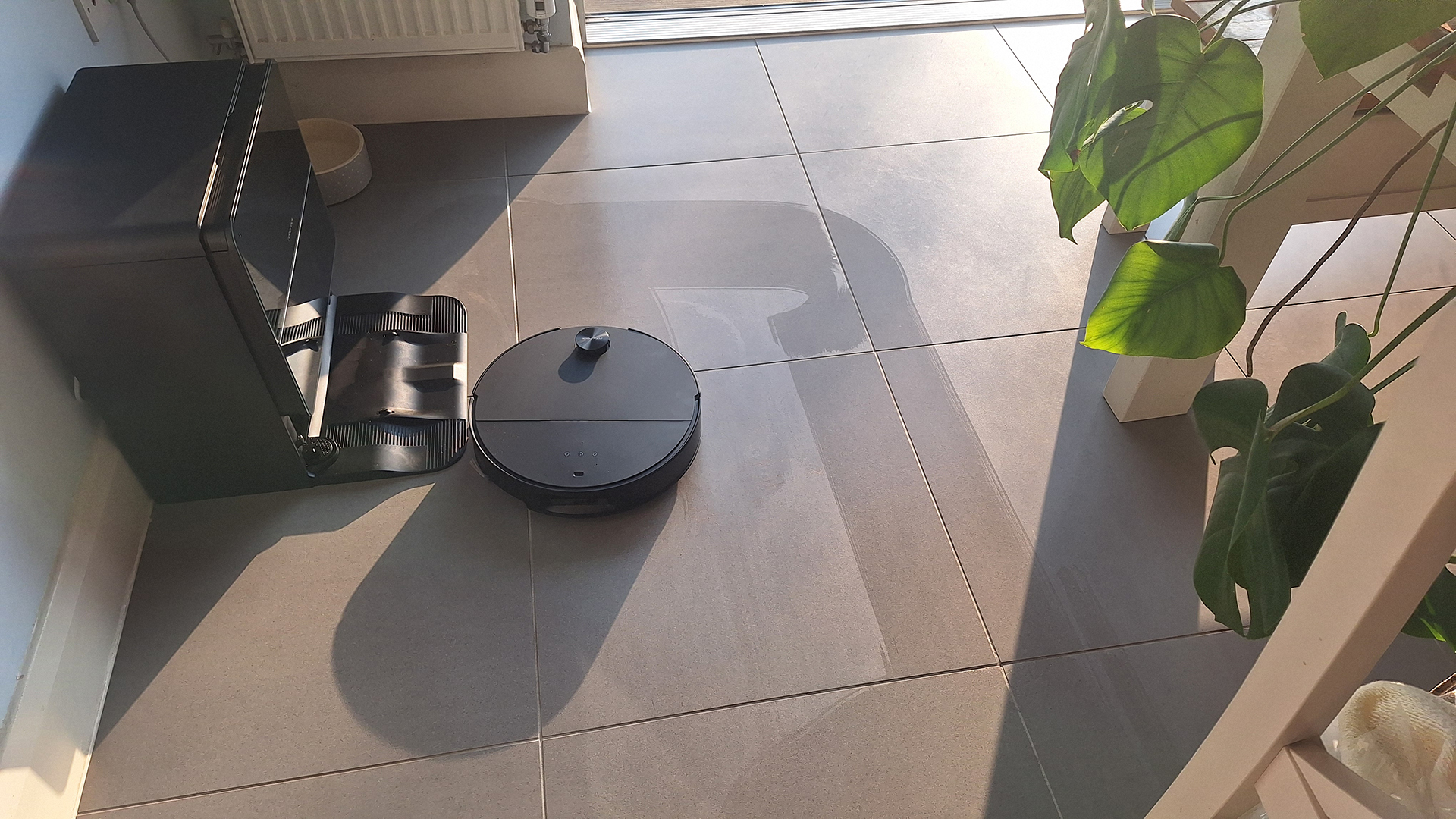
Most modern robot vacuums don't just vacuum your floors – they can also mop them for you. This type of robovac is sometimes referred to as a 'hybrid robot vacuum', and it's increasingly difficult to find bots that don't offer mopping these days.
But how much should you focus on the mopping part? How does it work, and is it actually any good? I review robot vacuums for a living, and I've tested out cheap bots with the very simplest mops, right up to the very best robot vacuums on the market, with complex wet cleaning setups. Here's everything you need to know about robot vacuum mops, and if they're worth your time.
How does the mopping work on a robot vacuum?
The exact setup varies by model, but essentially, there will be a mop pad (or two) that's fed water from a tank in the main part of the robot. The robot vacuum will pull the pad(s) across your floors to clean them.
Sometimes the pad might spin, vibrate, or press down to dislodge dirt. Some robovacs will vacuum at the same time as mopping – the idea being that it cuts down on overall cleaning time. Others can be set to mop after vacuuming, or just do one or the other.
If you opt for a more advanced dock type, it might refill the bot's onboard water tank for you, so you don't need to top it off yourself as frequently. It might also wash and dry your mop pads for you. However, with cheaper, more basic bots, you'll need to take care of all this yourself.
What kinds of mop are there?
Some robot vacuums can mop much better than others. Here's a quick rundown of the main mop types, and my experience of how well each one cleans.
D-shaped pad
This is one of the most common mop types. It consists of a fixed, D-shaped pad that can be cleaned and reused. The pad is fed with water from an onboard tank as it's dragged along the floor. On more advanced bots, this pad might vibrate or press down as it goes, to help dislodge dried-on dirt.
Sign up for breaking news, reviews, opinion, top tech deals, and more.

In general, I've found this style of mop pad pretty effective. It'll do a good job of wiping down your floors and picking up any lingering dirt. However, the dragging pad doesn't offer much by way of scrubbing – and especially so if it doesn't press down or vibrate – and because the pad isn't getting cleaned as it goes, if you have a spillage on the floor, it might end up getting dragged about a bit.
Two spinning discs
Another common type of robovac mop. Two disc-shaped pads are attached to the base of the bot and spin to scrub away dirt. They're fed with water from an onboard tank as they clean.

This is probably my favorite mop type. It's similar to a D-shaped pad, but the rotation means these mops are a little better at scrubbing; some can even handle dried-on stains.
The pads can be removed and popped into the washing machine for a deep clean. However, because they're not getting cleaned as they go, big spillages will likely end up getting spread around, and I wouldn't use this kind of mop to tackle sticky or smelly substances.
Rotating roller
This is a less common type of robot vacuum mop, consisting of a mop pad on a track, like a tank. Fresh water is applied as the pad rotates around, but where this mop style has the edge on other setups is that there's a scraper that siphons off dirty water and any general gunk that's been picked up, too.
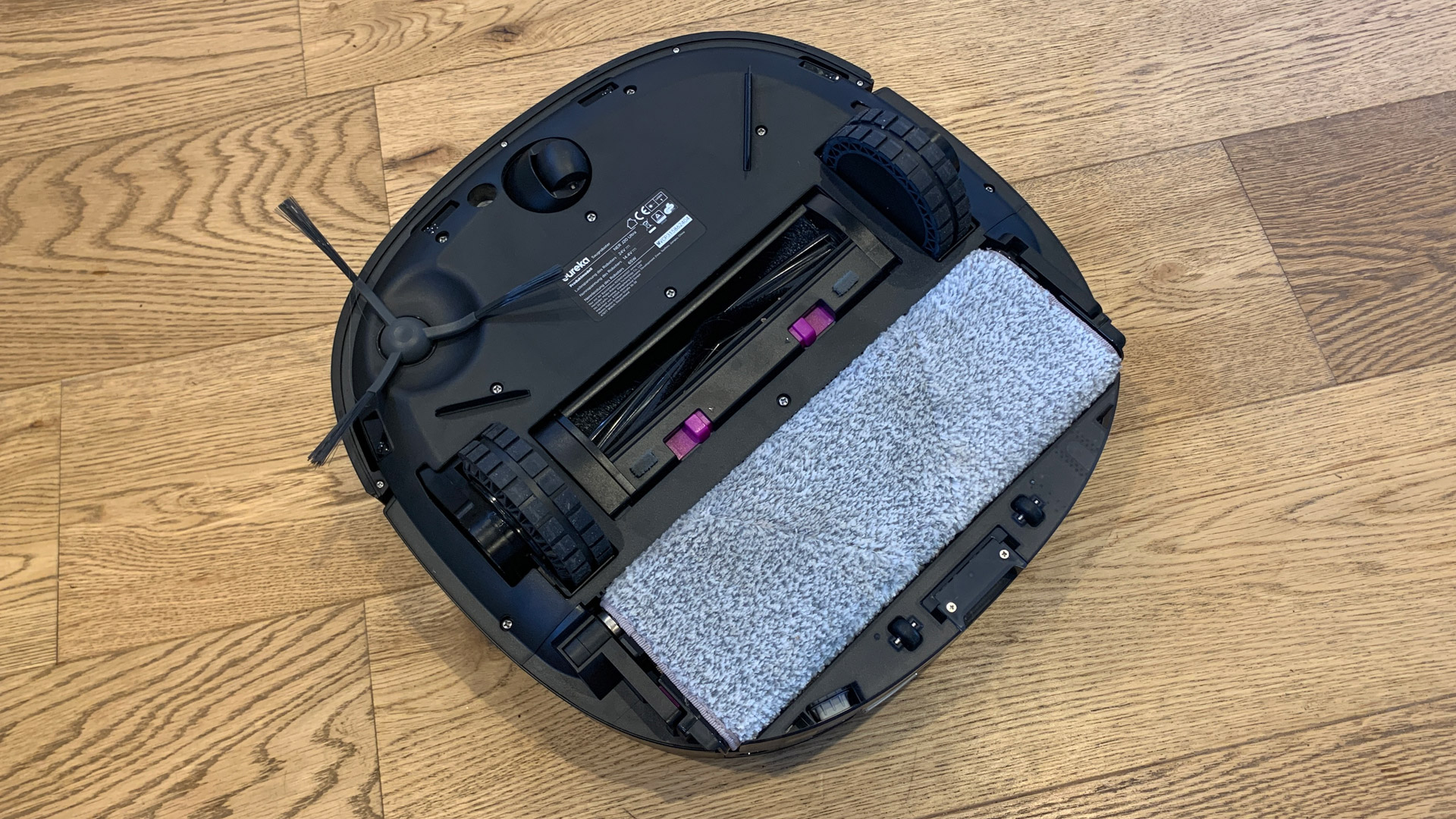
Roller mops are relatively new to the market right now, but are getting more popular. I wonder if we'll start seeing a lot more of them before long.
I haven't had a chance to test out a bot with a roller mop yet, but my reviewers who have done so have been impressed. In our Eureka J20 review, our tester found it "did a fantastic job of cleaning up spills," although noted that it wasn't as successful with dried-on dirt, suggesting that, like most robovac mops, it's more of a wiper than a scrubber.
Just a wet wipe
It's rare to see, but some budget bots just have space to attach a wet wipe, which is then dragged across the floor. This is the least effective type of mop.
The pads have a smooth surface rather than a grippy one, and do very little by way of scrubbing. They also can't be washed or reused, so you're generating waste if you opt for this style of mop, and you'll need to factor in the ongoing cost of replacing the wipes.
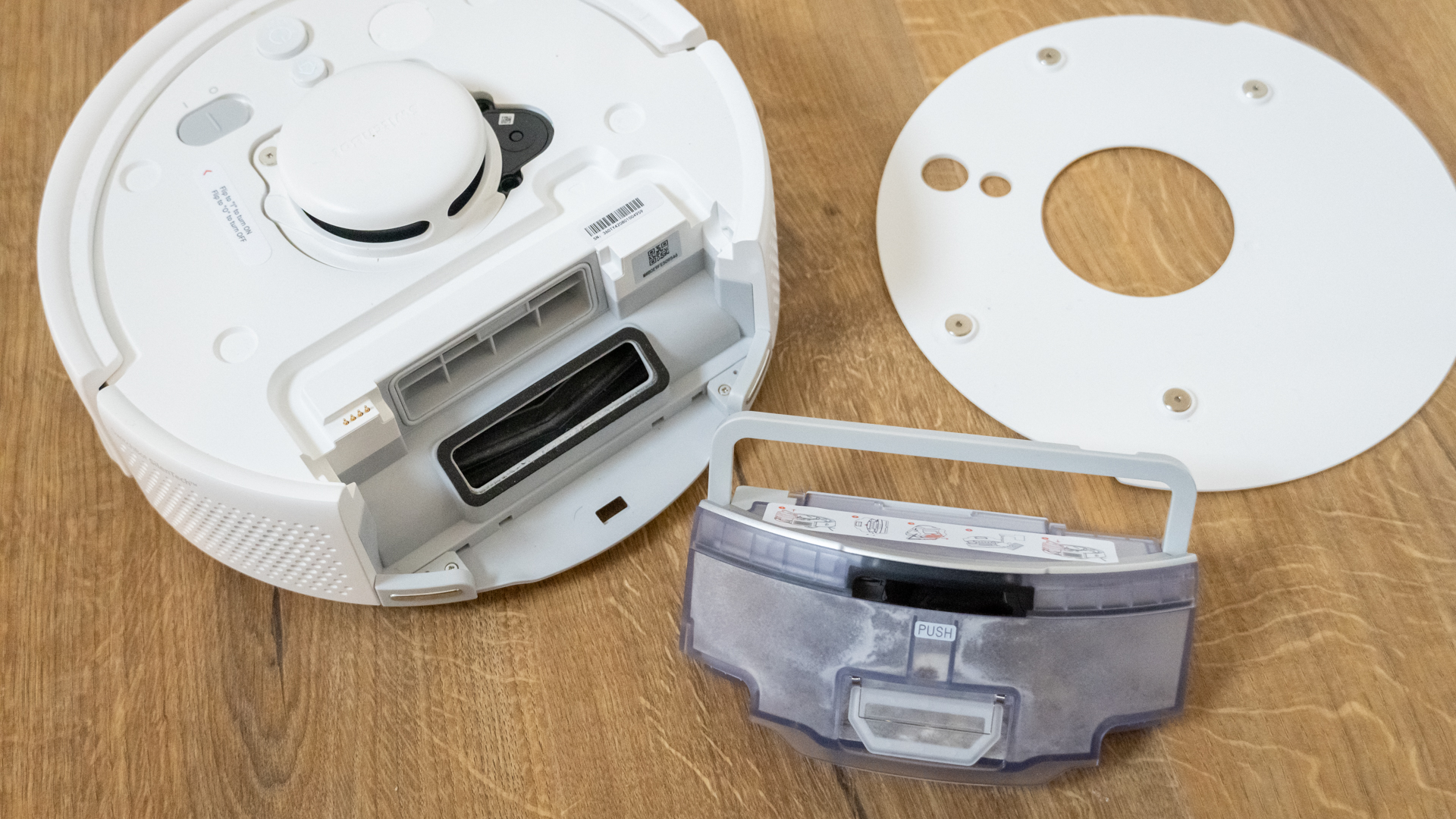
The most high-profile brand to use this approach is Switchbot with its mini robovacs. I've yet to test one of these models out myself, and opinions differ as to whether this kind of mopping is worth the effort at all.
Our SwitchBot K10+ Pro Mini Robot Vacuum reviewer called it "perfunctory at best" and commented that he couldn't see anyone bothering to purchase a new set of wet wipes once the provided pack ran out.
However, my teammate Cat Ellis finds the setup useful for everyday cleaning: "It definitely isn't a substitute for proper mopping, but I've found it very handy for keeping everyday dust under control on my dark floors (which show up every speck of dirt). I'm often surprised by just how much it manages to pick up in the hallway, even when I've vacuumed recently."
Is the mopping any good?
Generally, my experience is that robot vacuum mopping is good enough to be a significant effort-saver – especially if you have lots of hard flooring that requires regular mopping. They're great for everyday maintenance cleaning, but not good enough that you won't need to resort to manual cleaning occasionally.
Regardless of mop type, I wouldn't leave one to tackle a big spill (it'll get stuck on the mop cloth and end up being spread around the floor) or a dried-on stain (the bot won't scrub hard enough to clear it).
Will my carpets get wet?
Maybe – depends which model you go for. Mid-range robot vacuums and above can often detect when they're going over carpet, and lift their mop pads so they're not dragging. Some premium bots have magnetic mops that they'll drop off in the dock when tasked with vacuuming carpet.
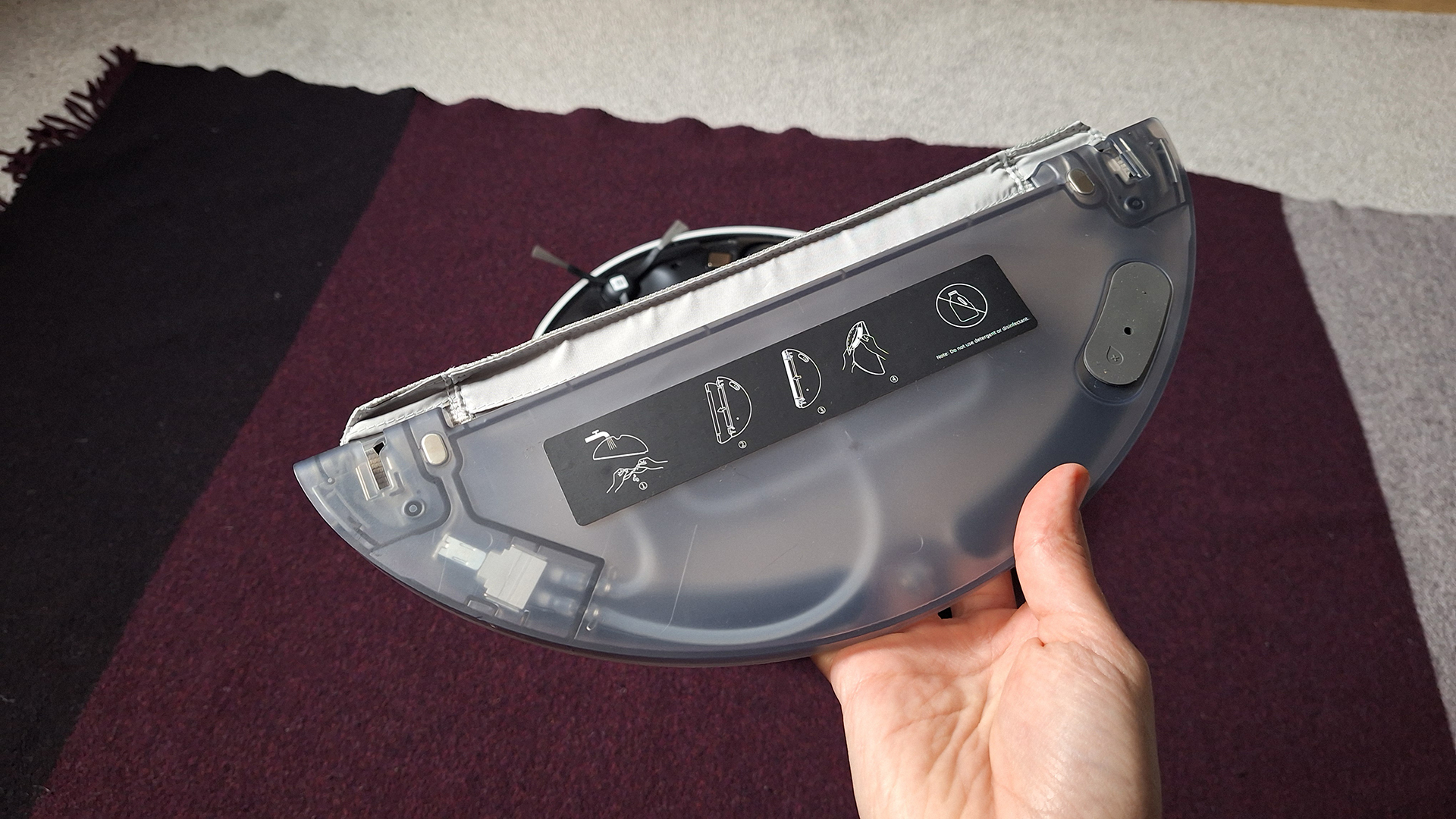
However, cheaper, more basic robot vacuums will drag their damp mop pads over carpets if you don't remove them. On some, the water is automatically 'on' when the mop pad and/or water tank is attached, so you'll need to shut the bot in the room you need mopping so it doesn't try and give your carpets and rugs the same treatment.
Will the mops start to smell?
If you leave them damp and don't clean them, yes. More basic robot vacuums will need to have their mop pads removed to dry after mopping, and you'll also want to hand-wash them or run them through the washing machine fairly regularly to keep them fresh and hygienic.
More advanced robot vacuums have docks that will take care of some mop maintenance for you. For example, they might be able to wash the mop pads – sometimes with hot water, to cut through grease – and dry them off, too. That cuts down the amount of intervention required from you. You'll pay extra for these kinds of features, though.
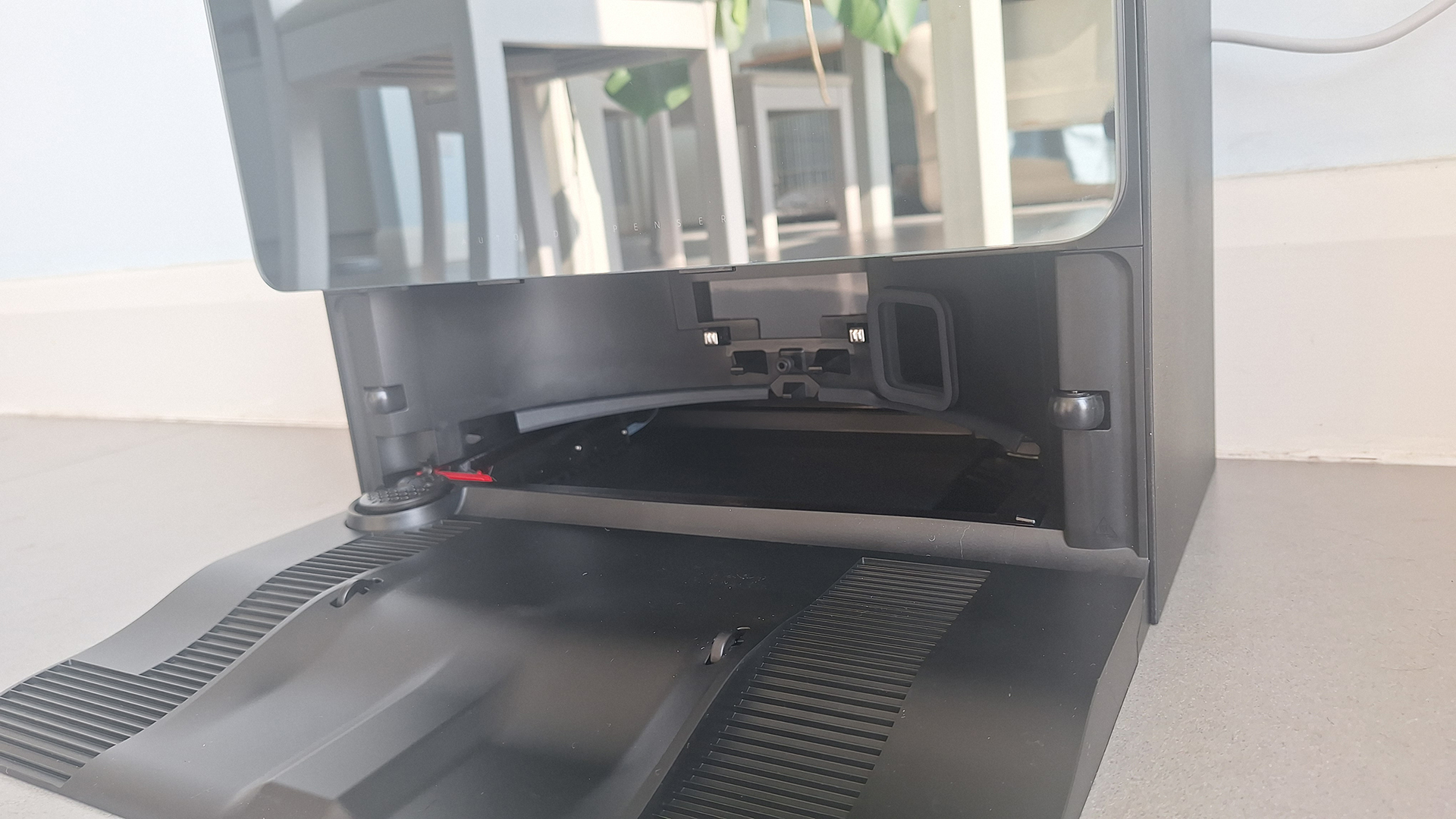
Can you use floor cleaner?
Sometimes, but generally no. Most hybrid robot vacuums recommend you just use water, although it's worth checking the manufacturer's instructions as to whether it's okay to mix in cleaning solution.
The most advanced bots will let you use cleaning fluid, but they'll stress that only their proprietary cleaner is allowed, and it's invariably very expensive. Some will have a cleaning fluid tank that sits alongside the water tanks in the dock, and dispenses fluid evenly as the bot's onboard tanks are refilled.
You might also like...

Ruth is TechRadar's Homes Editor specializing in air (vacuum cleaners, fans, air purifiers), and hair (hair dryers, straighteners and stylers). She has been in consumer journalism since 2020, reviewing and writing about everything from outdoor kit to mattresses and wellness gadgets, with stints on Tom's Guide and T3.
You must confirm your public display name before commenting
Please logout and then login again, you will then be prompted to enter your display name.